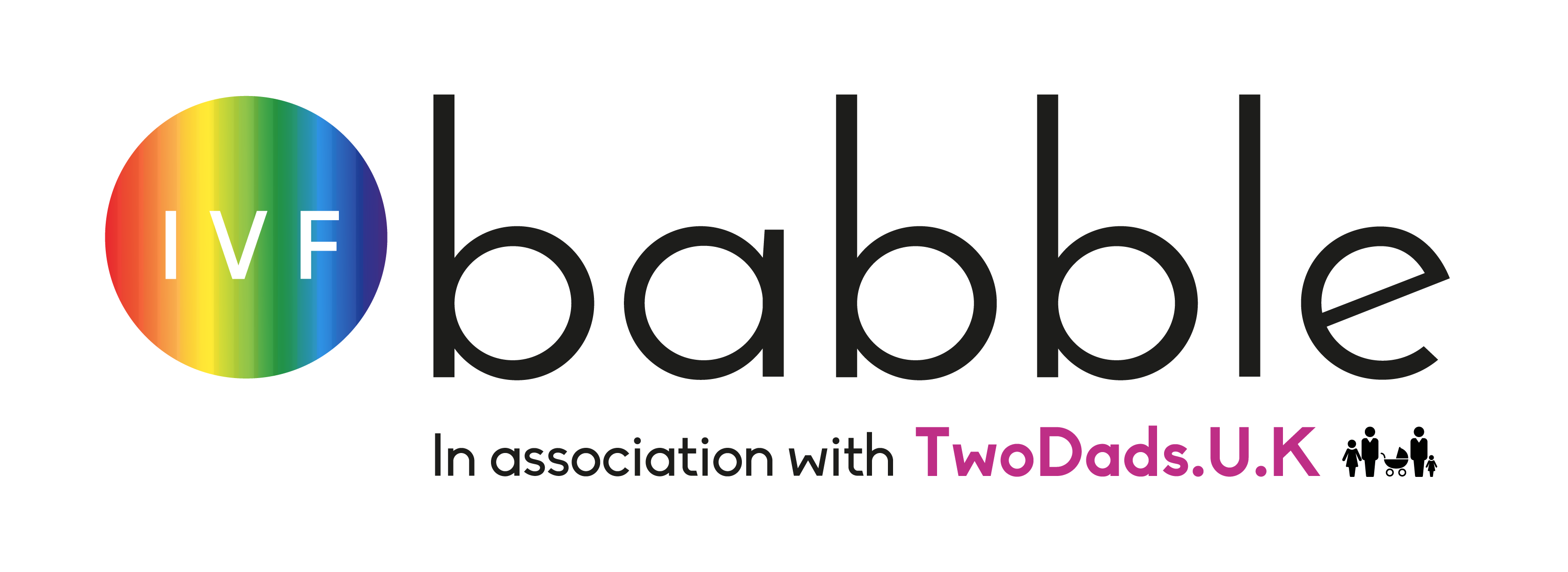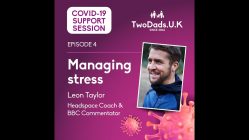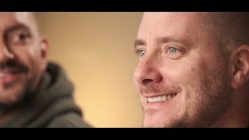Same sex couples may be able to have children who are genetically related to both of them by 2017
The new technique called in-vitro gametogenesis, could be able to convert stem cells from parents into sex cells regardless of the parent’s gender.
Over the course of the last decade rights for gay couples have truly been revolutionised – with the rights to marry now commonplace amongst most American States and standard throughout the UK; today, there is growing access to family options and widespread embracing of same-sex parents throughout the western world.
The UK was a relative spear header of the right to adopt for gay couples – with this being in place since 2002; in contrast, the US lagged behind slightly, and as of 2006, adoption by gay couples was illegal in Nebraska, Florida, Michigan, Oklahoma, Mississippi, and Utah. Today however adoption by same-sex couples is legal across all 50 states, as well as the District of Columbia (as of June 26, 2015). With France being the latest in a long line of European countries to sign up to the movement (ultimately passing an act for both being able to adopt and to marry in 2013).
Despite this welcome monumental shift, it appears that a scientific breakthrough could well complete what has been social change that has celebrated and welcomed in equal measure.
The research emerges from the University of Cambridge, UK
University of Cambridge have worked alongside the Weizmann Institute of Science in Israel to demonstrate the creation of primordial germ cells (PCGs)—which develop into eggs and sperm – utilising human embryonic stem cells.
This study has been based upon a founding knowledge and background research where the same had been achieved in rodents – yet this study is particularly notable as it is the first time that the procedure has been tested with human matter – ultimately offering the prospect of a transformed future for same-sex couples.
The science behind the study involves a fertilised egg dividing into a cluster of cells (known as a blastocyst) – this is the earliest stage of an embryo. A number of these cells go on to form the inner cell mass – which will eventually develop into a foetus – whilst the remaining cells merge to form the outer wall – which will then form the placenta. Stem cells (which can be developed from any cell within the body) are created from the cells within the inner mass, and a select few of these can then become PCGs. If scientists can transform these PCGs into sperm and egg cells, they would be capable of passing on genetic information of the respective parents.
“This is going to be a very active area of research… I am optimistic… We have succeeded in the first and most important step of the process, where we succeed in reaching the progenitor cell state for sperm and egg (though it is very important to emphasize that we have not achieved mature sperm and eggs). So we are now focusing on completing the second half of this process. Once that is achieved this may become useful for any individual with fertility problems.”
– Dr. Jacob Hanna – a lead researcher for the study
What’s more this research is not only good news for same-sex couples, but could also be the Holy Grail for those who are biologically unable to have children at all.
“It is probably a long way off, but it would be a way for people who have had treatment for conditions such as childhood leukaemia, which has left them infertile, to have children of their own”.
– Robin Lovell-Badge, head of stem-cell biology and developmental genetics at the National Institute for Medical Research
This research has also presented a surprising possibility of a future for single-sex conception – although such a move may well serve as one of the most controversial sociological hot potatoes yet in the word of fertility. Alongside this, is the prospect of so-called ‘designer babies’ (a running theme which emerges whenever there is a development within the IVF realm). The concern with which is that some may seek to control certain genetic makeup for unethical reasons.
“I am not in favour of creating engineered humans… and the social and ethical implications… need to be thought through, but I am very confident it will work and will be very relevant to anyone who has lost their fertility through disease.”
– Dr. Jacob Hanna – a lead researcher for the study
This study ultimately serves as the singular most exciting thing to happen to same-sex parenthood since adoption rights began to be rolled out – and equally, for those who previously had no hope at all of ever conceiving a child.







